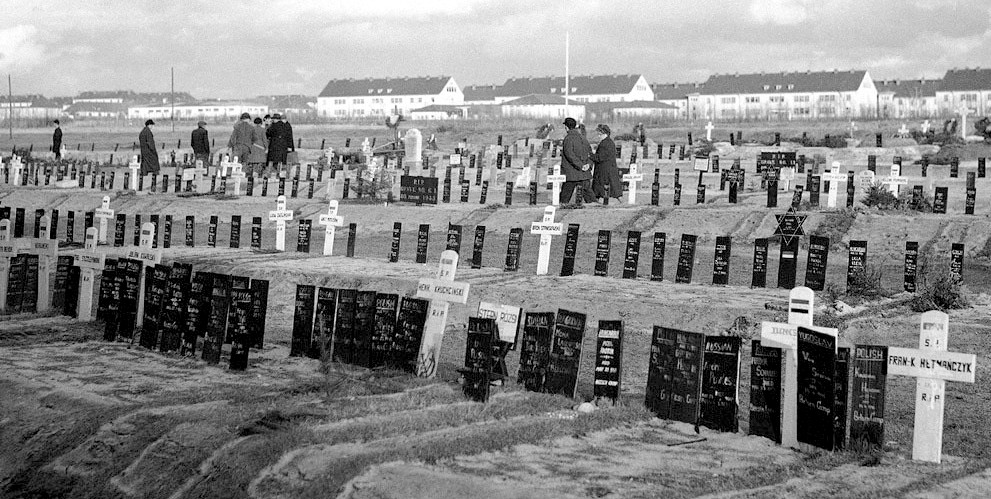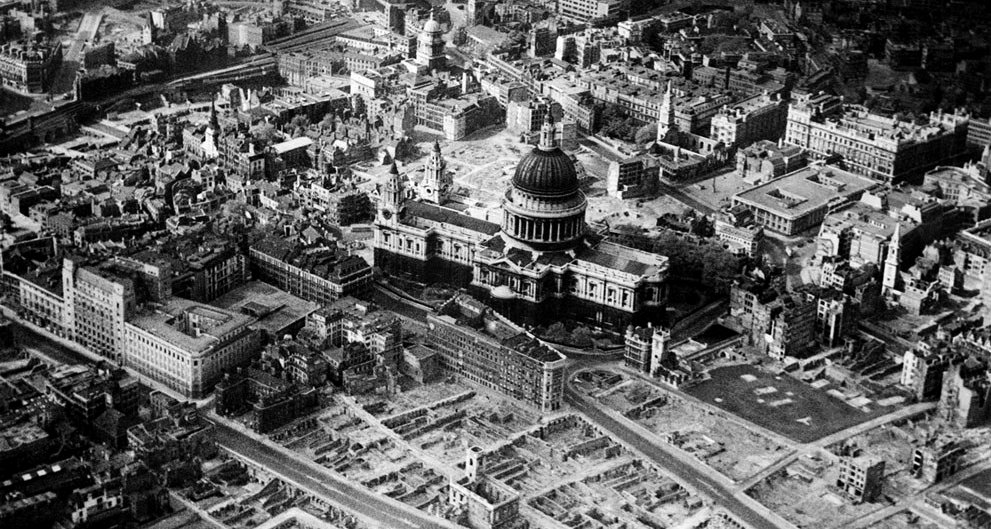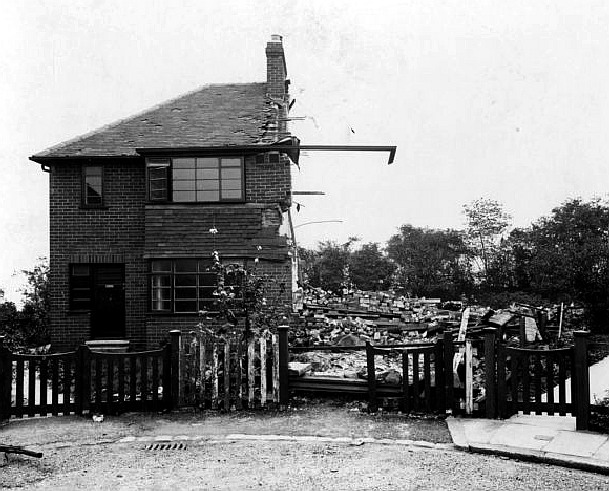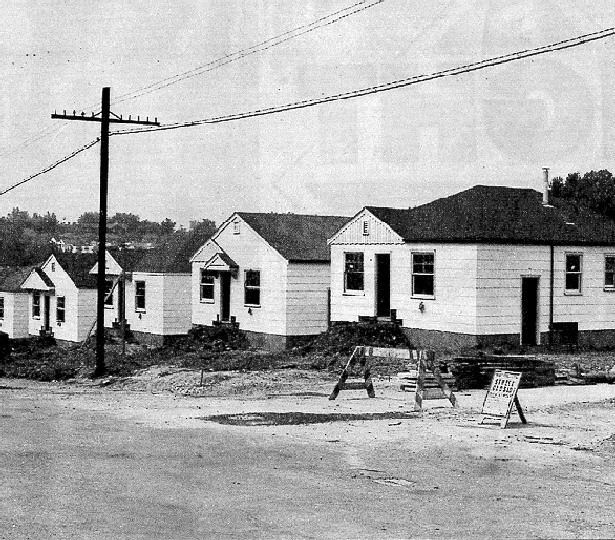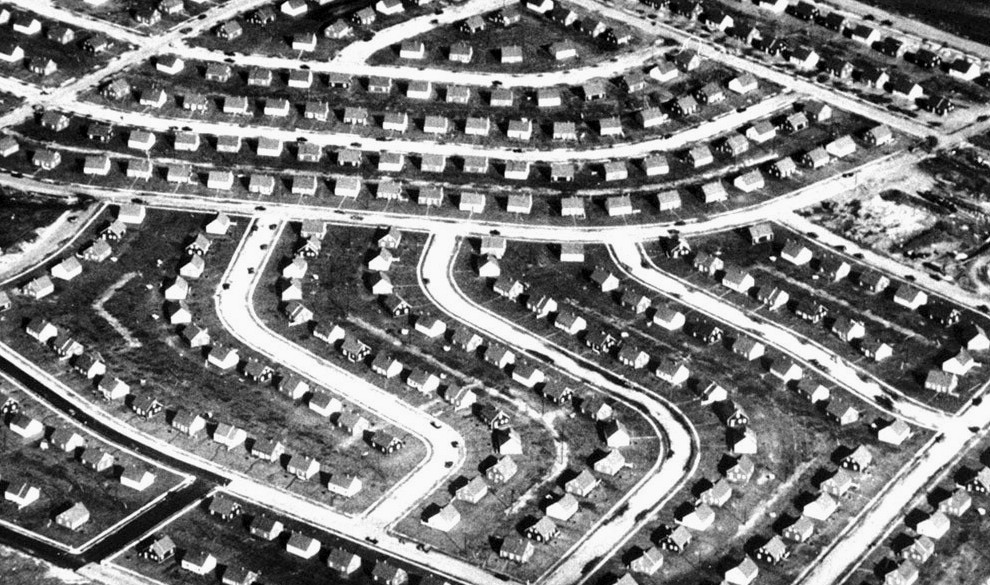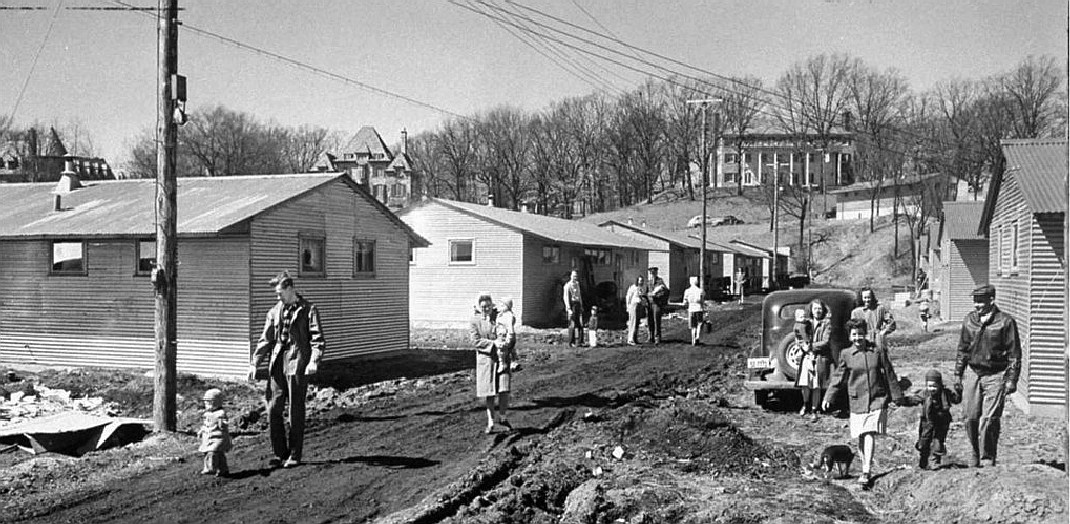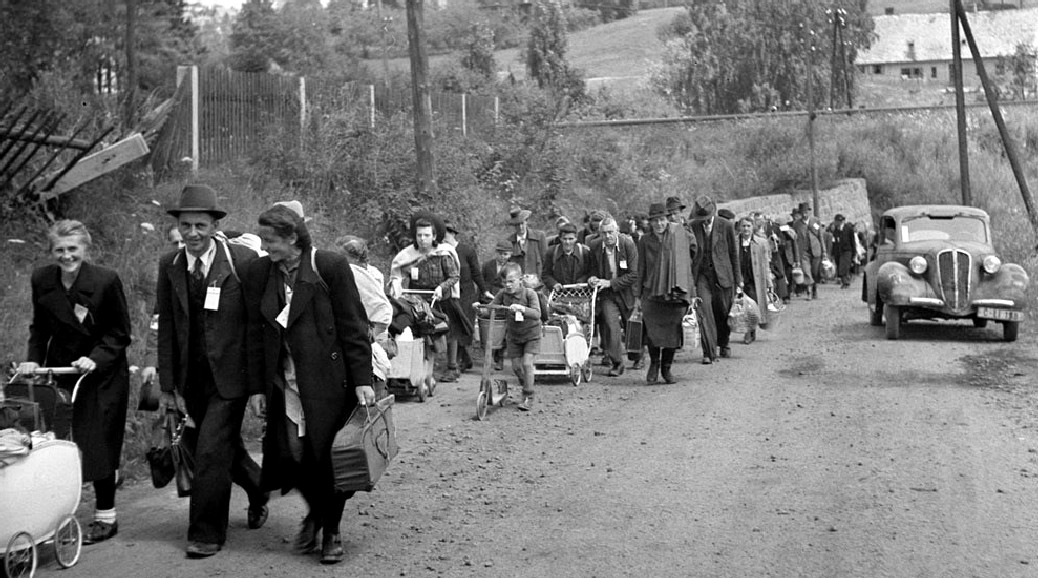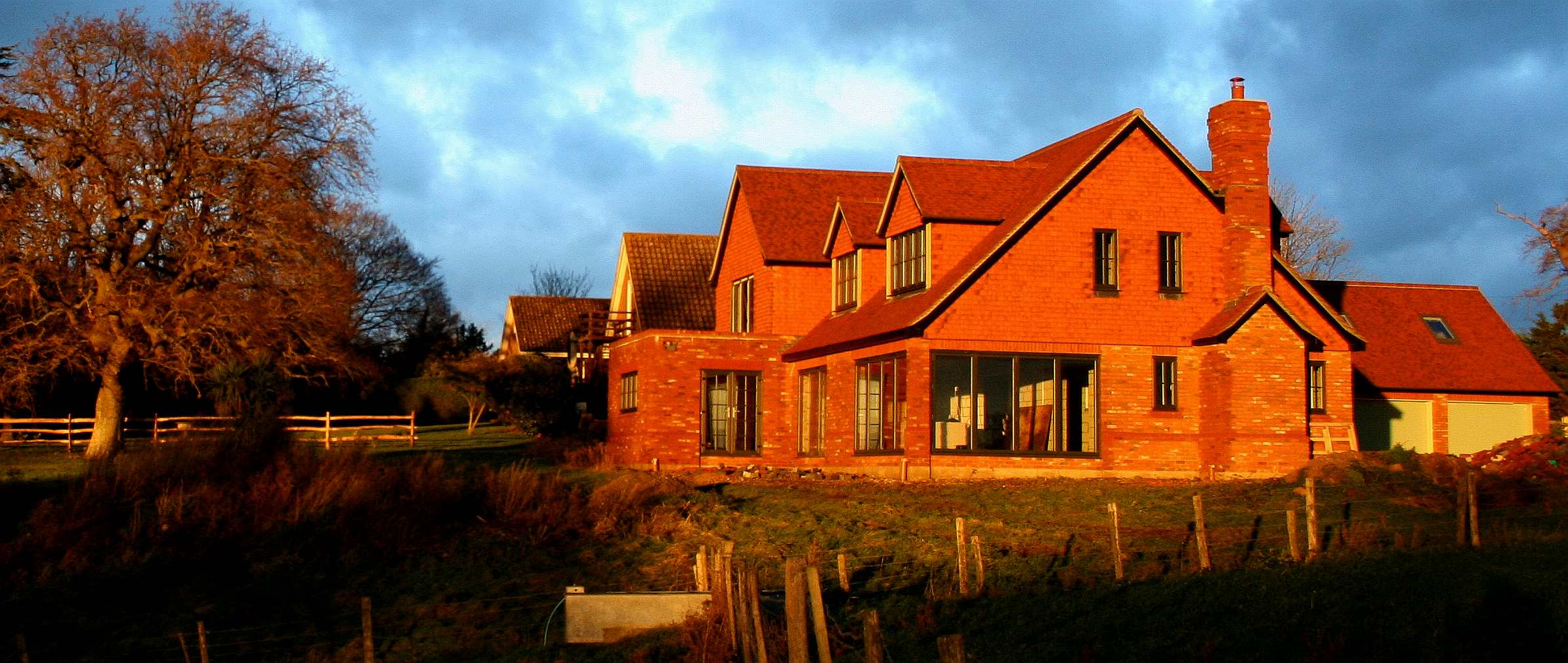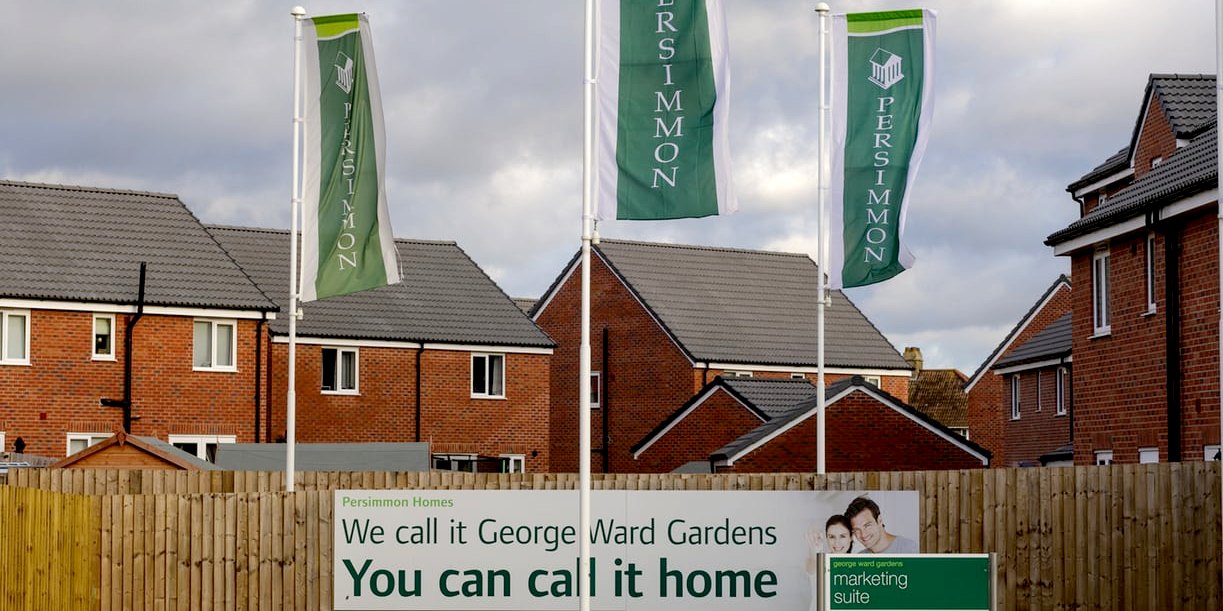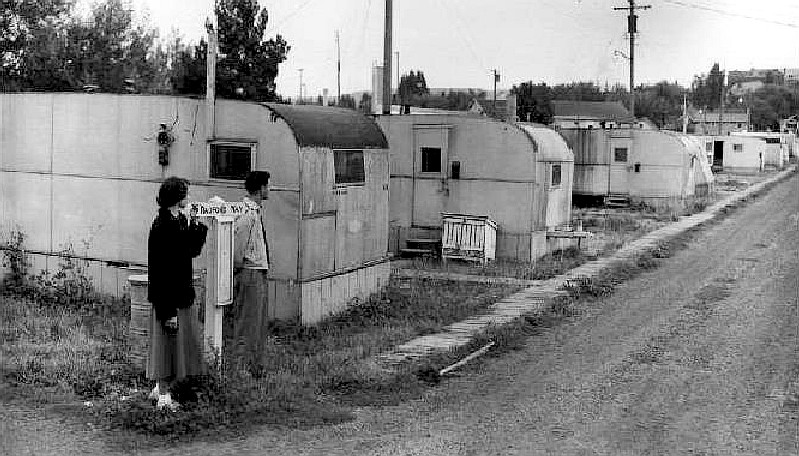|
HISTORY OF HOUSING UK
HOME | A-Z INDEX | MEMBERS | MPS | OFFICERS HOME | AFFORDABLE | CLIMATE | DEVELOPERS | ECONOMY | FLOOD | HISTORY | HOMES LADDER | MORALS | POVERTY | PROPERTY | SLAVERY | TAXES | SLUMS | VALUATIONS | WEALTH
|
|
|
Housing shortages in the UK is nothing new. We wonder then at the consistent failure of Labour and Conservative Governments to address the situation.
We all know that left to their own devices councils will empire build and not put in place any kind of a plan that stands a hope in hell of providing for the homeless, young families and those just hoping to enjoy a reasonable standard of living without having to work themselves to death to make bankers and landlords fat.
Why did we bother to fight against Germany in two World Wars if we are going to allow the wealthy to enslave our population in another way, making the United Kingdom one giant concentration camp. How should we deal with councilors and politicians who allow such a situation to develop where in the modern world we should have standards of fairness and decency that surmount our dire past.
HOUSING PRE
WWI - POPULATION MOVEMENT
OVERCROWDING
SUBURBS
IMPROVED
FACILITIES
HOMES FOR HEROES
Building costs were inflated and this, combined with a scarcity of materials
such as bricks, cement
and wood - and labour, made it impossible for private developers to provide houses with rents within reach of the average working class family.
INTER WAR HOUSING
and PLANNING ACT 1919 (ADDISON ACT)
This
should be our role model today.
THE WHEATLEY HOUSING ACT 1924.
THE GREENWOOD ACT 1930
WAR GRAVES - Despite killing millions of people in two world wars there were housing shortages after 1945 due to the bombing and shelling from fighting. These are the graves at Belsen concentration camp. Are we about to bury our young before they even get started on the road of life by our failure to provide affordable housing in peacetime?
HOUSING SHORTAGES POST WW2
ST. PAUL'S CATHEDRAL - London bombing leveled much of the city but miraculously missed this famous landmark - an act of god perhaps!
PREFABRICATED HOUSES - FLATPACKS
The election of 1945 saw a Labour government voted in and housing policy was central to their welfare reforms in their manifesto. Aneurin Bevan, the Minister of Health, was responsible for the housing programme which focused heavily on local authority involvement rather than reliance of the private sector. Added pressure on the Government came in the form of soldiers returning from war and rising working class expectations as a result of Labour's promises.
Part of the initial response was programme of short term repairs to existing properties and the rapid construction of ‘prefabs’ – factory built single storey temporary bungalows. These were highly controversial at the time but the Prime Minister of the time, Winston Churchill, was strongly in favour and initiated the Temporary Prefabricated Housing programme. Churchill originally wanted half a million prefabs built across the country as a stopgap measure until labour could be mobilised for more permanent housing. They were expected to last for only 10 years but they proved very popular with some residents. There are still many lived in across the country with 330 in use today in the city of Bristol - one of the largest concentrations of prefabs left in the country. Over the years most prefabs have been demolished and replaced with permanent housing. Modern flatpacks are permanent homes.
The first prefabs were completed June 1945 only weeks after the war had ended. Factories that had previously been employed to build other products such as Aeroplanes were converted to build sections of the innovative new houses. It took a minimum of 40 man-hours to assemble the two bedroom houses complete with plumbing and heating. Sometimes prisoners of war who were still being held in the country were used to help in the construction of the concrete slabs on which the sections of bungalow were erected. The prefabs could be completed very quickly once the sections were delivered to the site. Unlike traditional houses they had fully fitted kitchens and bathrooms.
The construction of these new quick build houses seemed like part of the solution to the housing crisis at the time, however as we will see they were later to cause major problems for tenants and councils across the country. In the decade after 1945, 1.5 million homes had been completed and some of the demand for housing had been alleviated. The percentage of the people renting from local authorities had risen to over a quarter of the population, from 10% in 1938 to 26% in 1961.
PREFABS - Temporary housing in America following cessation of hostilities in WWII. Today, flatpack houses have all of the modern conveniences and can be climate friendly by design.
THE NEW TOWNS ACT 1946
New towns were introduced to deal with the problem of overcrowded city centres. 14 new towns were planned in the 1940s and another 14 built in the 1960s. New towns contained a variety of house types. Shops, schools and leisure facilities were within easy reach. New towns were built in Scotland at Cumbernauld, Glenrothes, Livingston, East Kilbride and Irvine.
Despite the construction of 156,622 prefabs the country still faced an acute housing shortage and waiting lists soared in urban areas. All over the country local authorities took the lead in building homes for growing families. House building battled on despite a shortage of materials and the worst winter in living memory in 1947. New estates were emerging and established ones expanded, at the peak of production in Bristol in 1955, 43 families per week were being moved into brand new homes. Demand was so high that national league tables were devised showing the numbers of council homes built across the country, enormous pressure was put on Housing Departments to produce.
To meet the shortage and bring the cost of housing down, a new form of construction was pioneered, commonly called ‘PRC’ (Pre-cast Reinforced Concrete). These houses were quick to assemble and required less skilled labour than traditional build. They were proprietary brands developed and marketed by different builders. Largely made from concrete panels reinforced with steel then bolted together or constructed with a steel frame. They included various kinds such as Airey, Cornish, Wates, Unity, Reema, Tarran, Woolaway and Parkinson types. The city of Leeds lead the way with the highest number of PRCs built.
They were like the prefabs in that they were built by non-traditional methods from components made in a factory but unlike the prefabs they were permanent and were expected to last for at least 60 years. Now you are talking.
WAITING LISTS - This could be a scene in Wealden land if they fail to deliver housing stocks in sustainable fashion. People queuing up to buy affordable houses that have yet to be built. Why? Because the district is catering only for the rich.
COUNCIL HOUSING 1950-1960
PRIVATE OWNERSHIP
The Conservative government under Margaret (Maggie) Thatcher (in the 1980s) encouraged local councils to sell council homes to tenants who wanted to buy them. By 1984 half of the homes in Britain were owned privately, telling us that if homes were built that were affordable, voters in England, Wales, Scotland and Northern Ireland would jump at the chance.
The problem with this was that there was no longer any low cost housing stocks to sell off for a quick fix because Maggie has neglected to put in place replacements. She should have stayed a grocer. She caused riots with her Person Tax.
The answer is a programme of house building that is sustainable embodying all of the features for modern living while catering for climate change via energy self sufficiency. It's not rocket science, it is simply a matter of design and the will to change. Have we not milked the poor for long enough and should we not do more to combat climate change?
FLAT PACK HOUSE - We are not saying that this is the most affordable or the most adequate design in the search for a sustainable society, but it is a start. Homes along these lines with four bedrooms and spacious living area may be built at well under the budget £70,000 figure. We would suggest even more pre-fabrication. More solar panels and water heating, more insulation and a wind turbine for every home. We'd also suggest that each home should have a car port for an electric vehicle, and a battery store based on a standard vehicle cartridge that one day might be interchangeable to create the infrastructure for zero carbon transport. A budget version of the excellent BMW i3 would really start to make inroads into the reductions we need for compliance with the Climate Change Act 2008. This home measures 18.46 x 6.51 metres (60' x 20' feet).
FLAT PACK BUNGALOW - In this slightly smaller design with two bedrooms, a car port is part of the roof where the pitch is angled to the sun and the area is sufficient to power the home and provide energy to charge an electric car. If grouped into a village, the surplus electricity from one unit may be shared with other units to create a 'smart' energy self-sufficient society of the future. At 17.77 x 8.62 metres (48' x 28' feet) this concept is about the same price (£70,000) but generates more energy and caters for the family transport. The car shown here is a very small (low) city car about the same length as a Smart car, hence the garage area appears large.
These units could be mass produced to lower the price even more. If only there was land on which to place them, we could begin to build a sustainable society based on clean renewable energy.
One of our advocates would be prepared to waive his fees, if Wealden would be prepared to waive theirs on an outline application for 50 units - on land that would be identified by the advocate, with the appropriate notice served on the farmer landowner. How about it Wealden?
LAND FOR AFFORDABLE HOUSING
The real problem is not the availability of reasonably priced flatpacks, it is the scarcity of land earmarked for affordable housing and the abject refusal of Wealden's planners to change the colours.
A BIG IMPROVEMENT - This development in Polegate may not be truly affordable, but it is a big improvement over some of the sub-standard housing stock in the district. So, well done chaps. Now all we need is some energy harnessing additions and we can all start to sleep at night.
NOT AFFORDABLE OR CLIMATE FRIENDLY - This is what Wealden are building in January of 2018. It's hardly affordable and what about all of that Ashdown Forest nonsense. Perhaps the restrictions do not apply for mates! Three garages will produce a lot of carbon dioxide from three cars and other greenhouse gases. Was there a 106 agreement limiting use to electric vehicles? Betcha there wasn't. And not a solar panel in sight. This climate tradegy was on Susan Stedman's and Ian Stewart's watch with Ann Newton presiding.
Why is this?
Because councils will not bite the bullet and dictate what land is to be used as per the National Planning Policy Framework guidance. They are frightened that they will upset the landowners, where in most cases the property owners (farmers) and/or developers are chums or have relations on Parish, District and Borough Councils.
OBSOLETE CONCEPTS - Why are we building expensive estates like these that are already obsolete in terms of energy self-sufficiency and Climate Change?
HOMELESS LINKS
https://www.jrf.org.uk/housing/homelessness
COUNCIL WAITING LISTS - Due to the poor performance of Wealden and other councils in the United Kingdom, you may find yourself having to think about a caravan, just like these in the USA following World War Two.
HOME | A-Z INDEX | MEMBERS | MPS | OFFICERS
|
|
|


